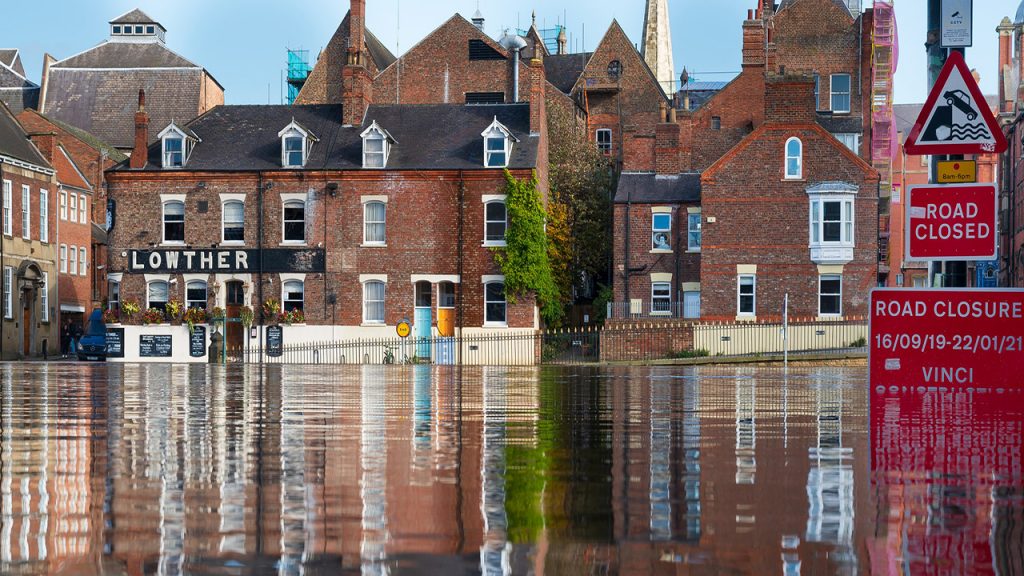
Why is climate important?
Scenes of flooding and storms show us just how much weather and climate can affect our lives.
Climate affects nearly every aspect of our lives, from our food sources to our transport infrastructure, from what clothes we wear, to where we go on holiday. It has a huge effect on our livelihoods, our health, and our future.
Climate is the long-term pattern of weather conditions in any particular place.
We know that our climate is changing due to humans, and these changes are already having a big impact on our lives.
It’s important that we understand how the climate is changing, so that we can prepare for the future.
Studying the climate helps us predict how much rain the next winter might bring, or how far sea levels will rise due to warmer sea temperatures.
We can also see which regions are most likely to be affected by extreme weather, or which wildlife species are threatened by climate change.
What is the climate?
Climate is the long-term pattern of weather experienced in a place.
Weather, on the other hand, describes day-to-day changes in our atmosphere.
You can check the weather by simply looking out the window. But you need a longer term set of observations to understand the climate.
We describe the climate by looking at temperature, rainfall, snow and wind data. This is usually averaged over seasons, years, decades, centuries or more.
If you looked at the average rainfall records for Manchester over the last thirty years, it would help to describe the climate for the area.

Climate is influenced by things like location, whether there are mountains nearby, whether there is water nearby, and how high up it is.
For example, one of the reasons Carlisle has a colder, wetter climate than London because it is further away from the equator. Another reason is that it is closer to mountains, and mountains often encourage rainfall.
Climate is also affected by our atmosphere, a layer of gases that surrounds the earth.
These gases act like a blanket wrapped around the earth, trapping the sun’s heat within our atmosphere.
Some gases trap more heat than others. The gases that trap the most heat are called greenhouse gases because they allow heat to reach the earth, but do not let it escape – similar to how a greenhouse works.
The most common greenhouse gases are carbon dioxide, methane and ozone, water vapour, nitrous oxides and fluorinated gases.
The more greenhouse gases there are, the warmer the earth’s climate becomes.
This means that human activities which release greenhouse gases, like burning fossil fuels, lead to climate change.
